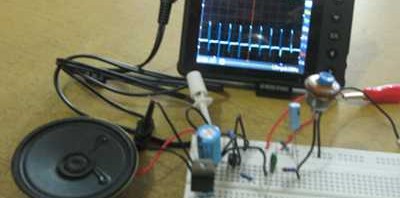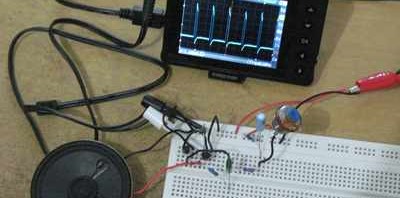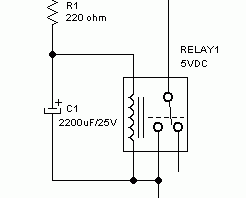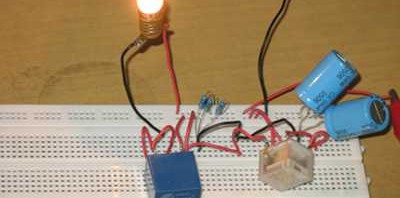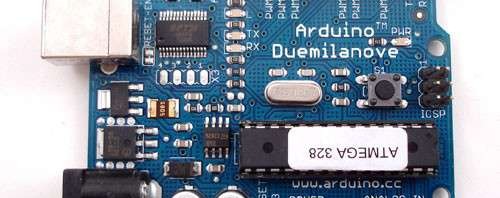Flasher Circuit with DPDT Relay Works for Any-Wattage Load
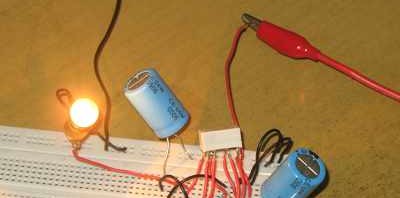
Introduction Classic series relay flasher circuit usually need minimum wattage for the connected load to work. Beyond the specified minimum wattage, then the flasher will not work or become unstable. Here I designed a simple solution using DPDT relay, that works for loads with any wattage. The Circuit and How It Works The circuit need one DPDT relay, two resistors […]
Read more